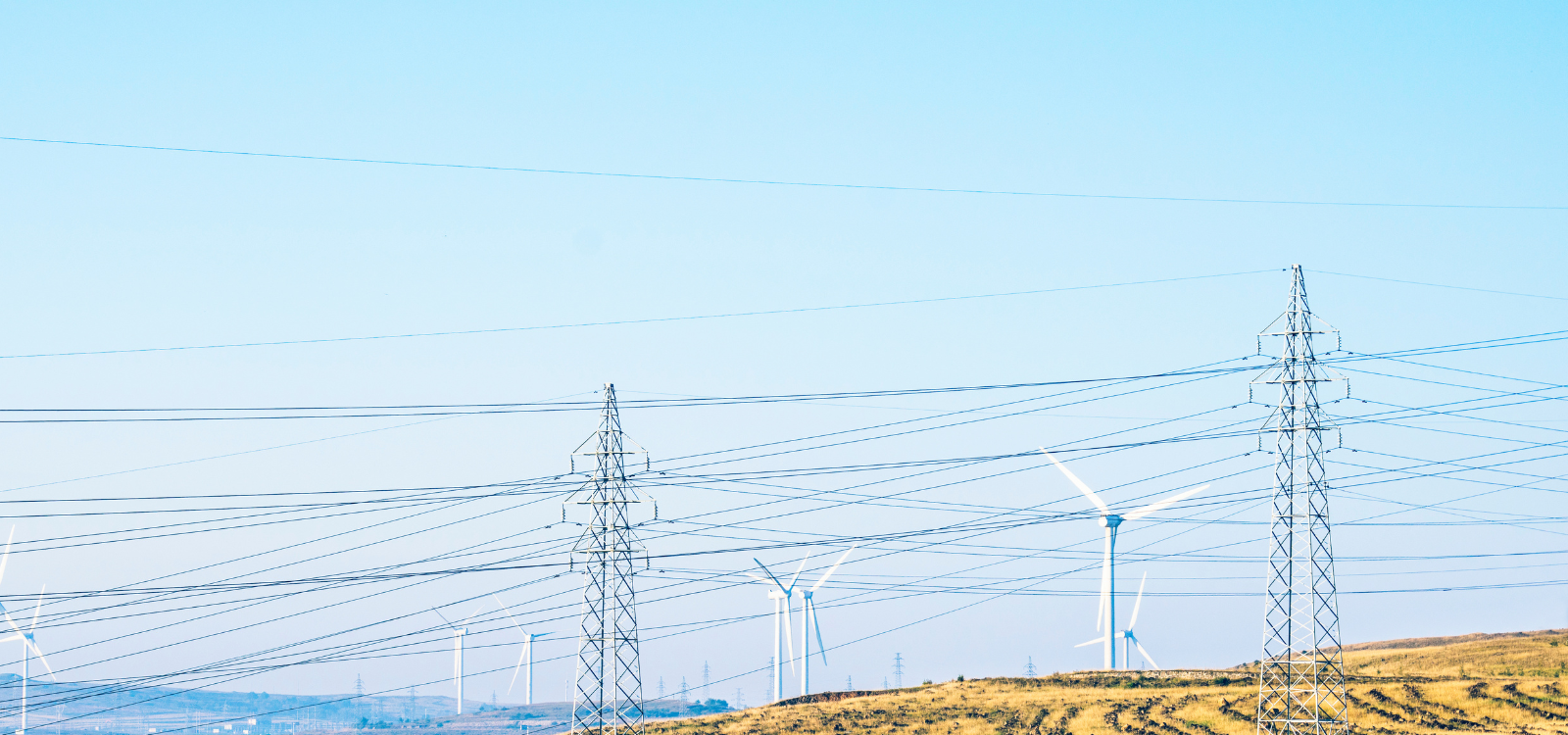US power use to reach record highs in 2025 and 2026, EIA says

US power use to reach record highs in 2025 and 2026, EIA says - U.S. electricity demand is set to hit new records, driven by AI data centers, electrification, and industrial growth. Renewables will rise, but fossil fuels still fill the gap—leaving households facing higher bills and the grid under pressure.
According to the U.S. Energy Information Administration (EIA), U.S. power demand is about to break records again.
Electricity use will climb from:
- 4,186 billion kWh in 2025
To:
- 4,284 billion kWh in 2026
That’s up from the current record of 4,097 billion kWh in 2024.
So, what’s driving this surge?
The rapid growth of data centers dedicated to AI and crypto.
An increasing number of homes and businesses are using more electricity and less fossil fuels for heating and transportation.
Here's the breakdown of how the U.S. power usage will increase in 2025:
- Residential consumers: 1,515 billion kWh (a new record, topping the 2022 peak).
- Commercial customers: 1,476 billion kWh (higher than the 2024 record).
- Industrial customers: 1,051 billion kWh (still below the 2000 peak of 1,064 billion kWh).
- As well as 144 billion kWh of the other.
And the share of power generation:
- Natural gas would slide from 42% in 2024 to 40% in 2025–26.
- Coal would rise from 16% in 2024 to 17% in 2025, then drop to 15% in 2026.
- Renewable generation will rise from 23% in 2024 to 26% by 2026.
- Nuclear will slide from 19% in 2024 to 18% in 2025-2026.
There are a lot of numbers here, so what does it all mean?
Yes, renewables are growing—up from 23% to 26% of the grid by 2026. But zoom out, and the picture gets more tangled.
Electricity demand is spiking—not just from EVs and heat pumps, but from AI, crypto, and industrial growth. And while clean energy is scaling - but not fast enough, not connected enough, and not protected enough to meet this rising load.
So what fills the gap? Often: fossil fuels.
Coal inches back. Natural gas remains dominant. And utilities are responding not just with increased power generation, but with price hikes. We’re seeing it in PJM, ConEd, and most recently in National Grid’s latest utility bill increase. Bills are rising across the board. Ratepayers are footing the cost of a system racing to keep up.
Meanwhile, solar and wind are under pressure. Projects face permitting delays, interconnection logjams, and outright political resistance. Add in the phaseout of the federal Investment Tax Credit (ITC), and the path forward for renewables is anything but frictionless.
This isn’t just a clean energy transition—it’s a clean energy knot.
And if we don’t untangle it with smarter policy, faster grid upgrades, and real investment in reliability and affordability, we risk missing the moment.
Growth alone isn’t the goal. Decarbonization, resilience, and equity are. And right now, they’re all pulling in different directions.
Do you agree with their forecast? Or do you think the grid's future is more complicated than these numbers suggest?